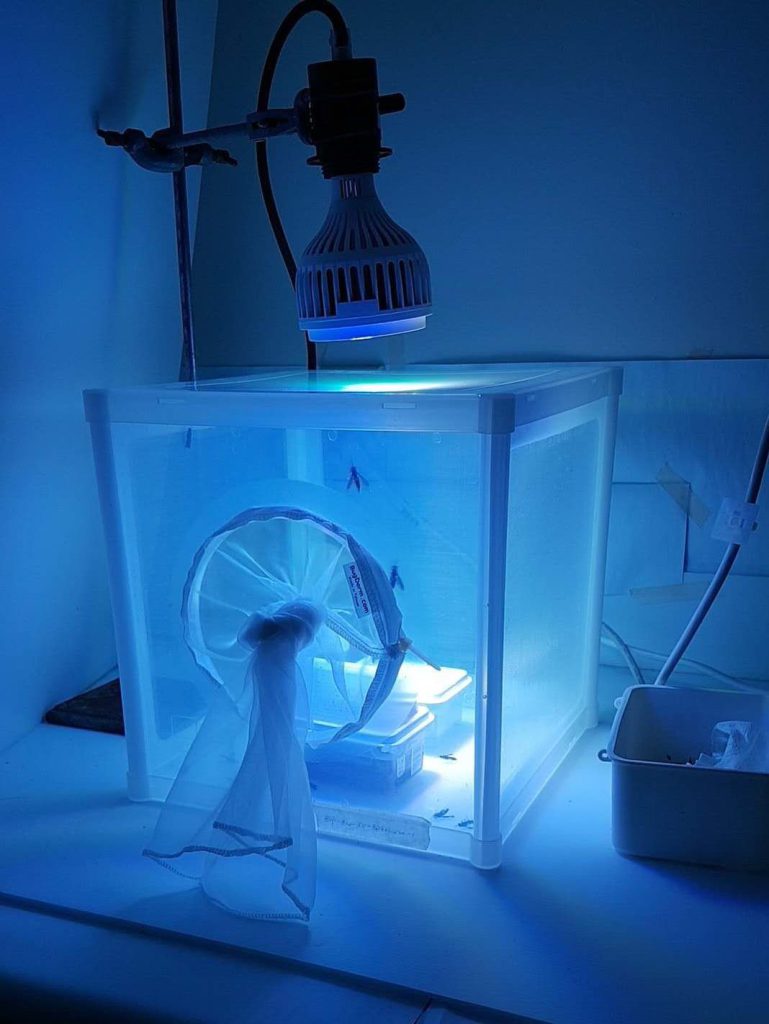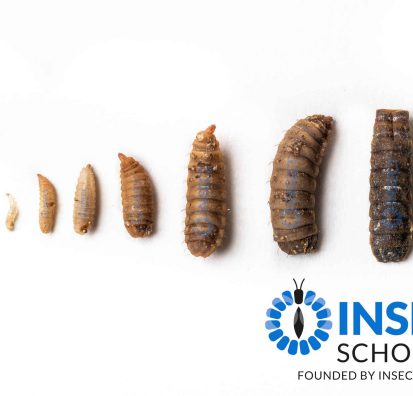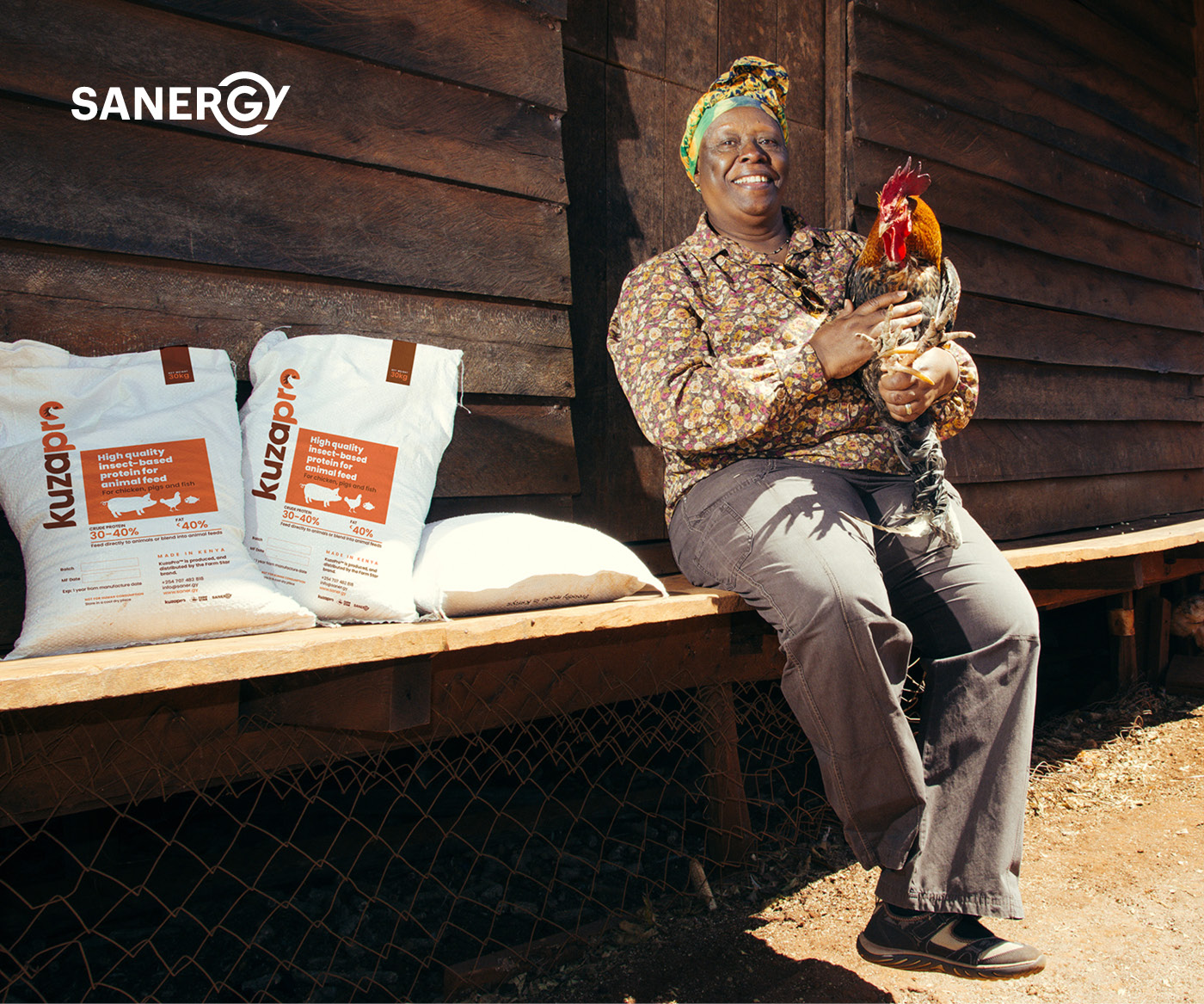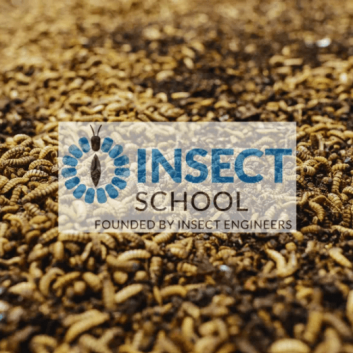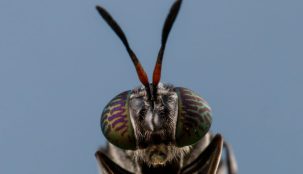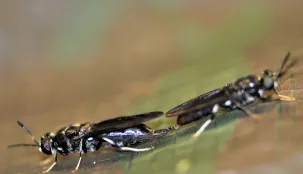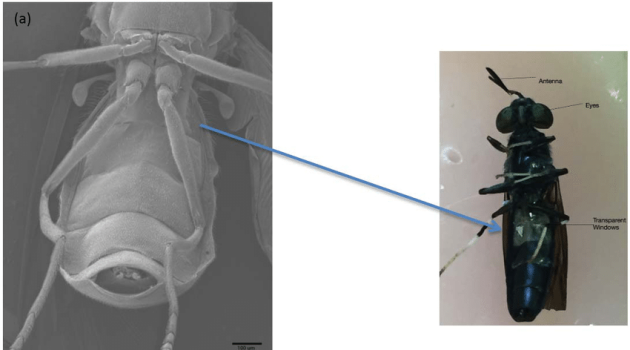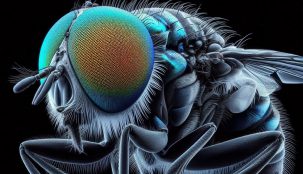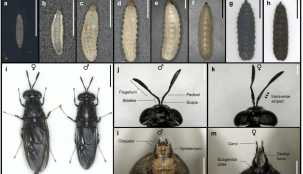Artificial Light Selection for Enhanced BSF Egg Production
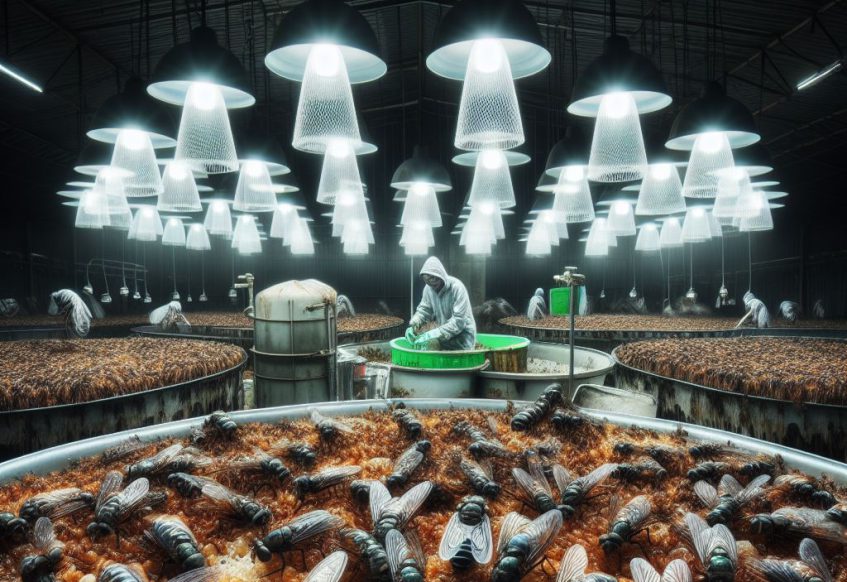
Artificial Light Selection for Enhanced BSF Egg Production
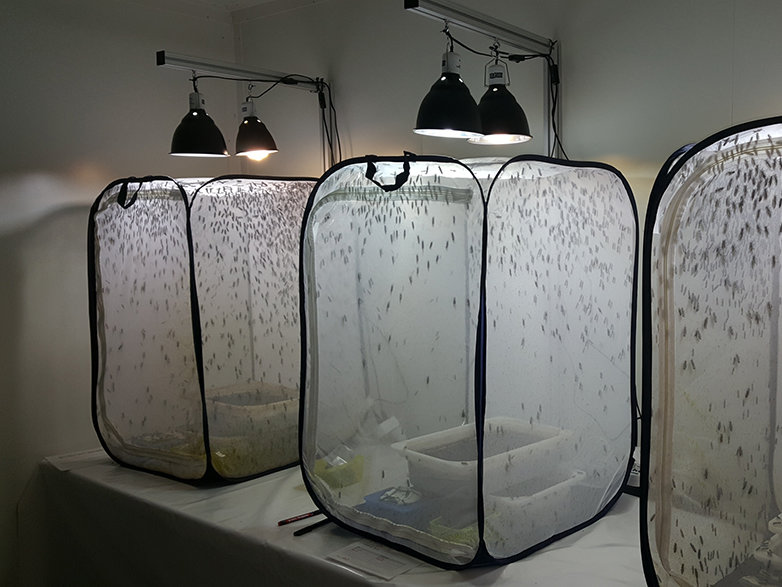
Black soldier flies (BSF) play a crucial role in bio-waste processing through their larvae, but efficient production of eggs and larval offspring remains a challenge. Adequate light, particularly sunlight, is essential for mating, egg production, and oviposition in BSF. However, in temperate regions where sunlight availability fluctuates seasonally, artificial light becomes indispensable. This article delves into the significance of light quality and quantity in BSF egg production and provides insights into selecting suitable artificial lights based on experiences at the Eawag research facility in Switzerland.
Light Quality
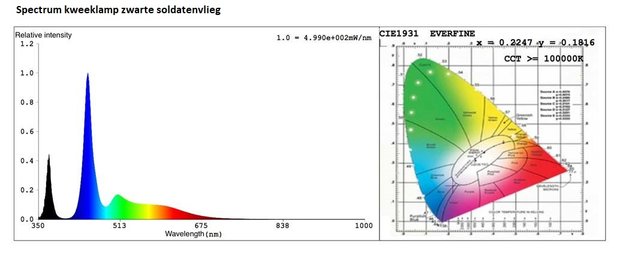
The success of BSF mating and egg production is closely tied to light quality, particularly the wavelengths emitted by artificial lamps. Studies have shown that blue and green light, or a combination thereof, are crucial for BSF mating success and subsequent egg production. Specialized lamp manufacturers provide information on the spectral composition of their products. For instance, the SolarRaptor 70W spot lamp and ExoTerra Natural light 26W emit green and blue light. However, experiences at the Eawag research facility indicate that only the SolarRaptor lamp resulted in successful mating and oviposition, whereas the ExoTerra Natural light 26W alone failed to induce mating. Even when used in combination with the ExoTerra UVB100 26W lamp, mating occurred but resulted in infertile eggs, highlighting the importance of selecting the right light source for optimal BSF reproduction.
Light Quantity
In addition to spectral composition, the quantity of light plays a significant role in BSF mating and egg production. Research suggests a positive correlation between light intensity and mating incidence, with higher light power enhancing reproductive success. The SolarRaptor 70W spot lamp, for example, provides substantial light power in the ultraviolet range, akin to natural sunlight, at a distance of 60 cm from the source. In contrast, the ExoTerra Natural light 26W and ExoTerra UVB100 26W lamps exhibit lower light power and illuminance levels, potentially explaining their inferior performance in inducing mating and egg production.
Suppliers of Artificial Lights
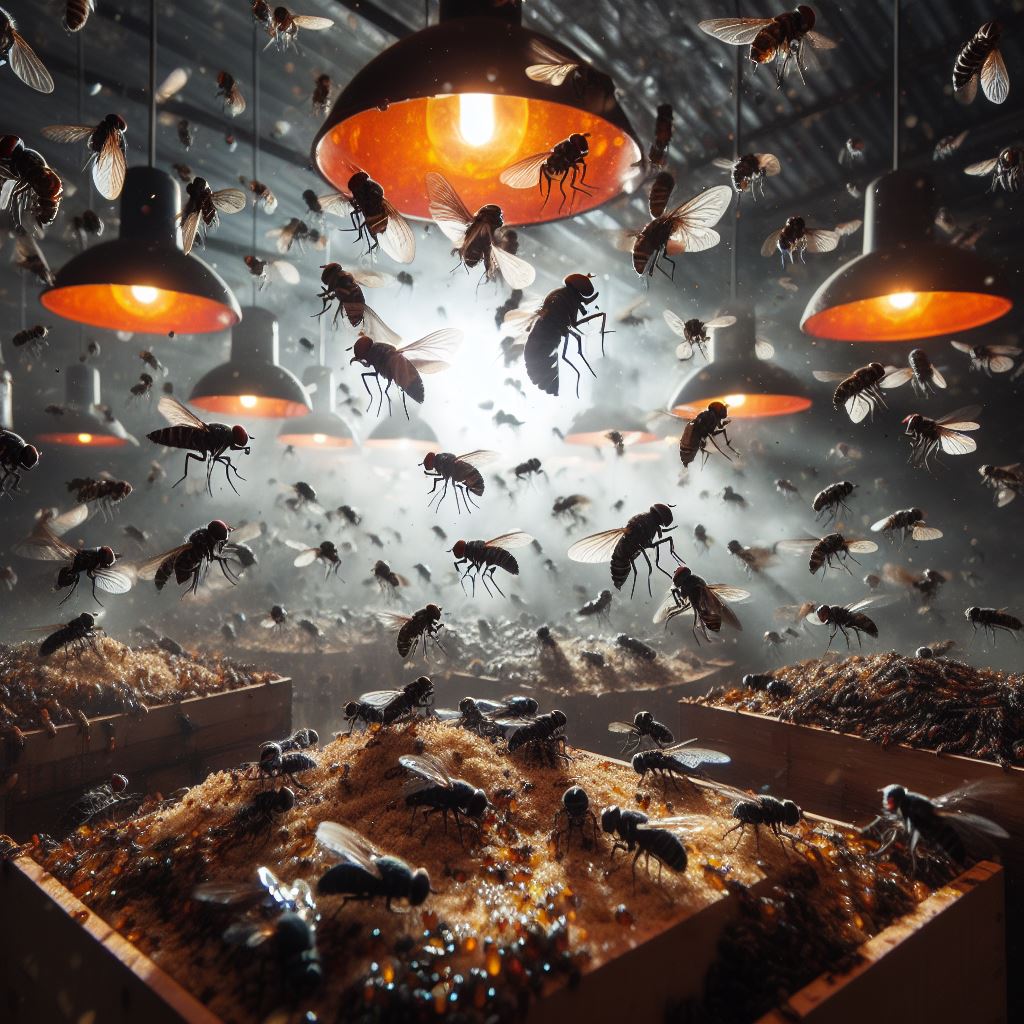
Artificial lights suitable for BSF rearing can be sourced from pet stores, suppliers of plant growing equipment, and online marketplaces like Amazon and Alibaba. When purchasing artificial lights, it is imperative to consider their spectral composition, especially the presence of blue and green wavelengths, and match their illuminance levels with sunlight. Besides SolarRaptor lamps, EVO Conversion Systems offers LED lights tailored for BSF egg production, characterized by high levels of blue light and adequate illuminance.
Conclusion
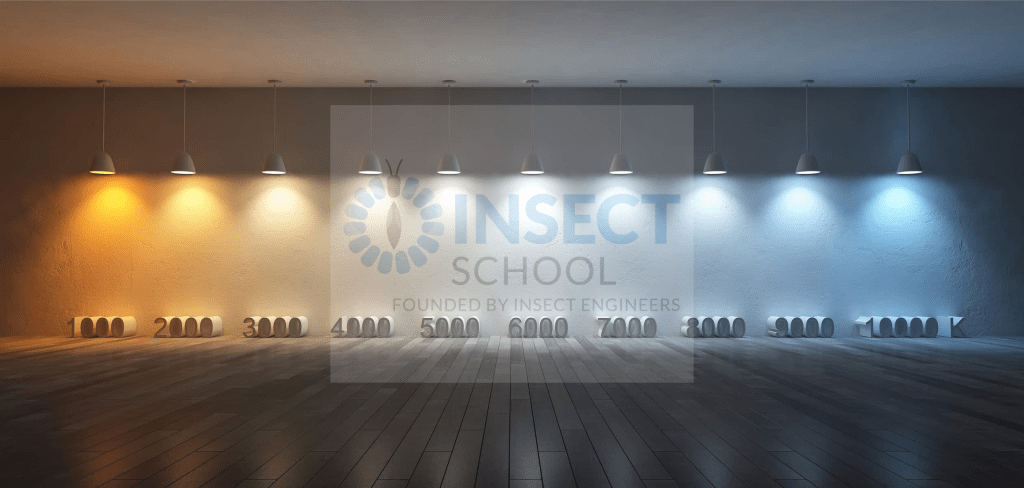
Efficient BSF egg production is contingent upon the quality and quantity of light provided. Selecting the appropriate artificial light source, characterized by optimal spectral composition and illuminance levels, is crucial for enhancing mating success and oviposition in BSF. By leveraging insights from research experiences and choosing suitable artificial lights, stakeholders can overcome the bottleneck in BSF bio-waste processing and contribute to sustainable waste management practices.
For more information about:
- Insect Bioconversion of Waste, please contact us at the Insect school. https://www.insectschool.com/
- Turnkey Insect Farms – https://www.insectengineers.com/bsfturnkey/production
- If you would like to book BSF industry keynote speaker Bob Holtermans for your event – https://www.insectengineers.com/about-us/speaker-bobholtermans
